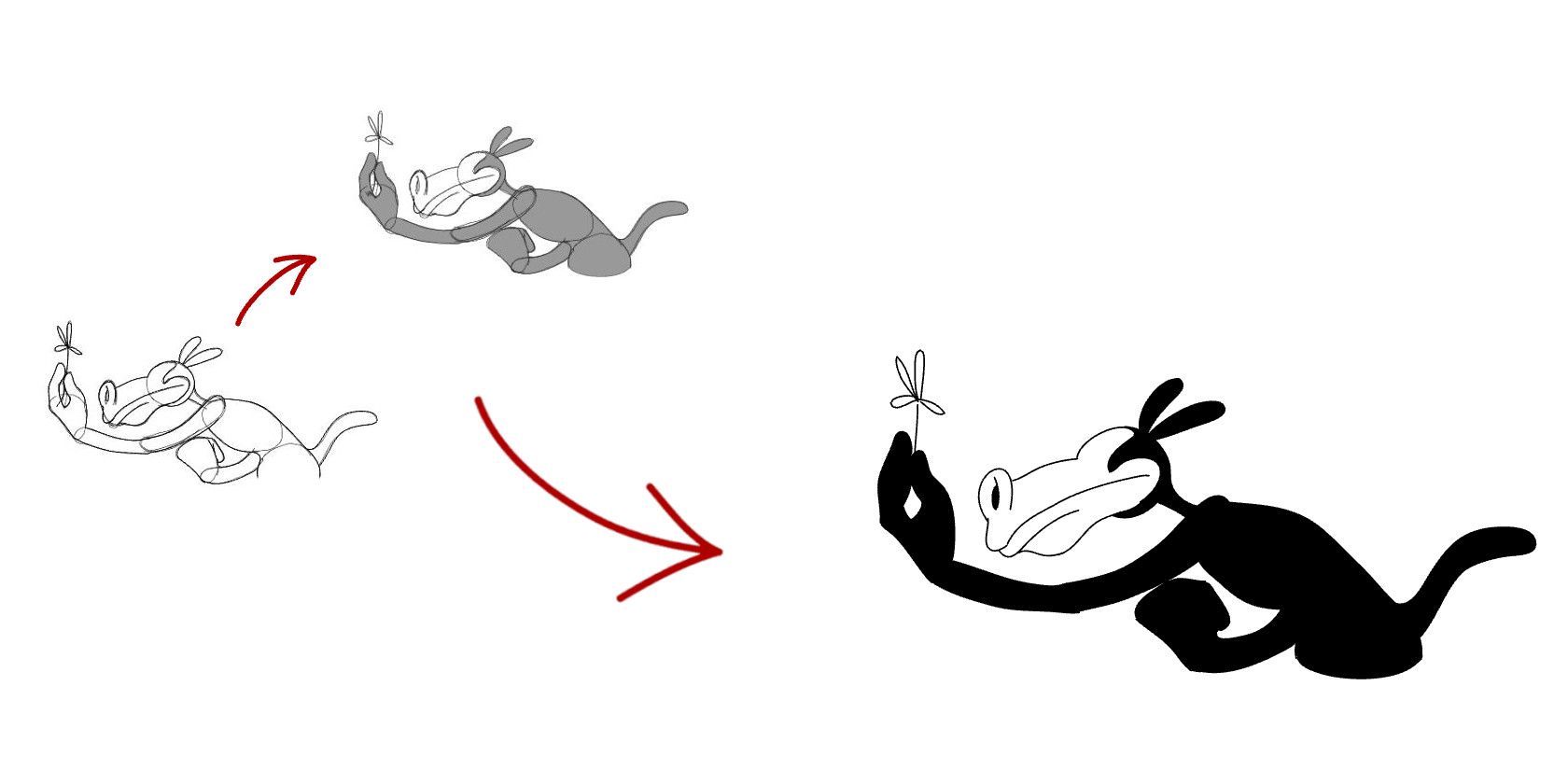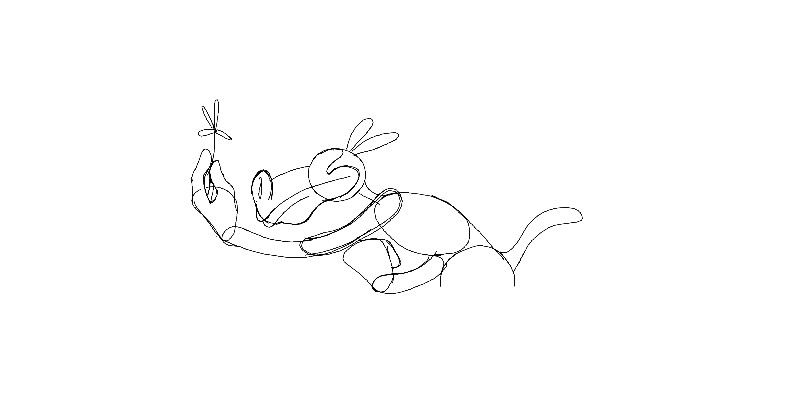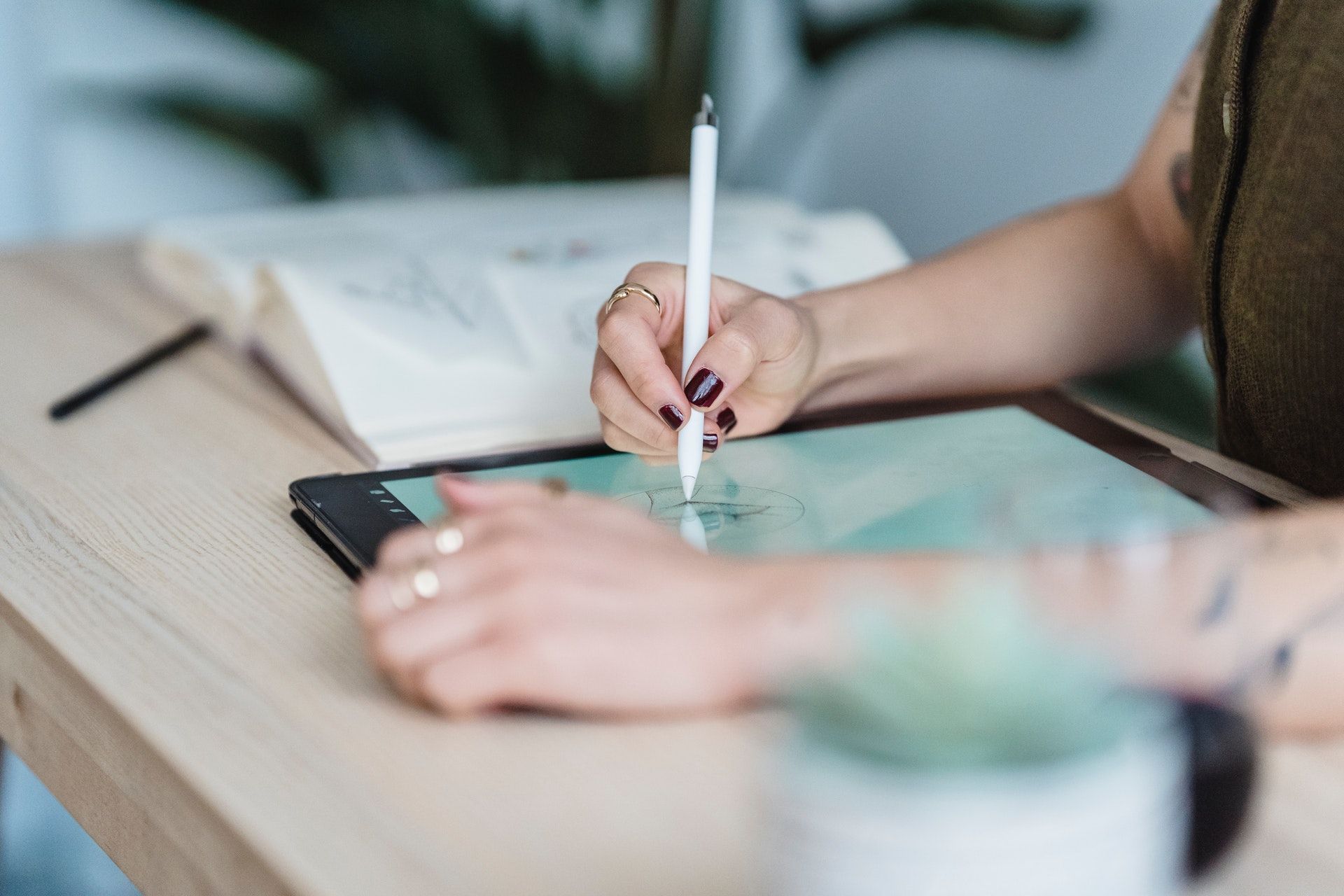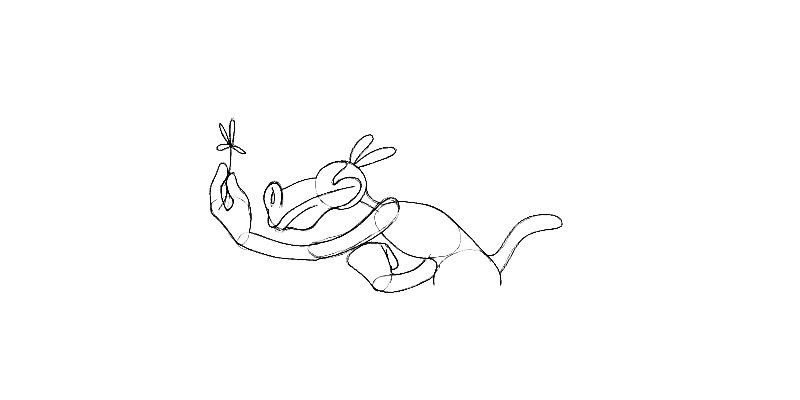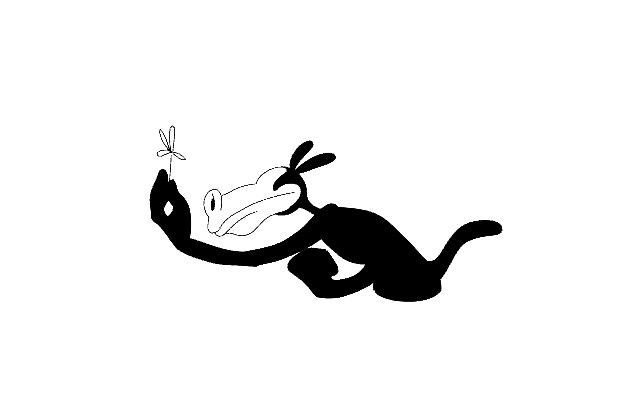Clean-up in animation is one of the most important parts of the production pipeline. It's what transforms an already-interesting animated story into an immersive and pleasurable experience.
Matt Groening is, objectively, a very talented writer. Would The Simpsons have achieved the same level of success without the charm of the design, though? A memorable look grabs the audience's attention. Most of what we love about the style of an animated show doesn't happen until each episode undergoes the clean-up process.
It Starts With the Roughs
Before an animated sequence can be finalized, it first needs to be animated.
Animators start with nothing but an animatic or storyboard and a bed of sound. The entire production is broken down into scenes, which are then broken down into individual shots. These shots are subsequently assigned and each animator does their part.
Successful animation relies very much on two things: solid drawing and construction. Overlapping ellipses are often used to imply volume consistently. The features of each character can then be applied over the primitives that they've been built out of. Before this happens, these preliminary drawings are called "roughs."
While drawing in this way is the best way to end up with form and movement that feels authentic and lifelike, roughs leave little to the imagination. If you've ever seen a classic animation model sheet, you already know that characters like Mickey Mouse are really nothing more than a few circles stacked upon one another.
In order to sell the story, these geometric details are made less apparent by covering them with a layer of clean-up overtop. It is a time-consuming process, but one that enhances the work greatly.
What Is Clean-Up in Animation?
Like a fresh coat of paint, clean-up animation is what makes Bugs Bunny look like Bugs Bunny and not a weird blueprint of something that sort of resembles him. Clean-up gives an animated production a globally consistent look. This is all in accordance with the officially recognized canon of how the character was designed originally.
Tex Avery did not have time to animate and clean up every single drawing of Bugs Bunny required to put on a 22-minute-long production. Instead, his team of clean-up artists would follow reference sheets created for this task after each frame was animated.
Traditional Disney clean-up, when not assigned to an assistant animator, was actually a job given to women almost exclusively. Men took care of the bulk of the actual animation, but the careful and precise work of women was trusted above all else for the cartoon's final presentation.
Why Break the Process Down Into Two Parts?
One undisputed fact: there is no reason to pour your soul into drawing the face of a character when the body has not yet been completely figured out. Why?
As an animator works his or her way through the shot, the head of the subject will need to be redrawn with each new version of each frame still in progress. If the primary action of the body has not been finalized to some extent, all of the effort expended on this single face will be totally wasted if the entire pose needs to be reconsidered.
This goes for the details attached rigidly to the body, the secondary action of the hair and clothing as they move, and the face as it emotes. It's much easier to redraw a basic shape like a circle as you work out the kinks in a sequence. After they've been ironed out completely, your canvas is ready to be adorned with more detail.
You may be wondering what any of this has to do with clean-up. We mention this side of the coin to describe the gravity of having something less-than-complete make it through the entire clean-up process, only to be wasted on the cutting room floor. It takes two to tango; animators and clean-up artists both meet two indispensable needs and save each other a lot of time and energy by being mindful of one another.
How Does a Clean-Up Artist Clean Up an Animation?
Most clean-up artists will begin with the roughs that fall on each keyframe, usually the most thoroughly articulated poses of the bunch. Once the best has been taken care of, the slightly less important in-betweens can then follow the lead of the keys. This ensures a smooth and attractive progression that favors the meat of the action.
The clean-up artist's approach will depend greatly on the nature of the animation. Old-school cartoons and the people who created them popularized the use of bright colors and thick outlines. The line art for many Disney classics like Snow White would generally be done over with India ink on one side of the cel, and then colored in with acrylics from behind.
Now, the convenience of digital animation makes so much more possible. Lineless clean-up animation, to name one example, was much more difficult before animating digitally became commonplace. Picture yourself hand-painting an entire feature-length film in oil, one frame at a time, and with no means of reproduction. A bold move, but one that many artists would probably find to be a real slough.
While there is no denying the power of something animated by the frame, clean-up artists now have plenty of 2D animation software systems at their disposal to streamline the process.
How to Clean Up Animation
Practicing the clean-up process at home has never been easier. To begin, all that you need is a short animation, preferably something fun that will play on a loop.
Let's begin with the rough of the first key pose. First, the line art. All that we have to do is trace over the rough as neatly as possible. Already, he's looking a lot less pathetic. Moving on.
Painting in animation is the process of filling the line art in with color. In large-scale productions, the responsibility of "painting" each frame rests on the shoulders of one or more dedicated crew members. Other times, the clean-up artists just do it themselves. In this example, Horace doesn't need anything but the black filling in his pelt.
When all is said and done, you'll be left with something that feels much more polished than the roughs that came before. Congrats—it really is that simple!
Clean-Up Animation: Putting on the Ritz
Clean-up in animation comes in many forms. The production can even be enhanced beyond this point with composited effects that bring every inch of your little world to life.
If you're a serious perfectionist, few careers will offer a more addictive way to channel the insanity productively. Why not try your hand at animation?

